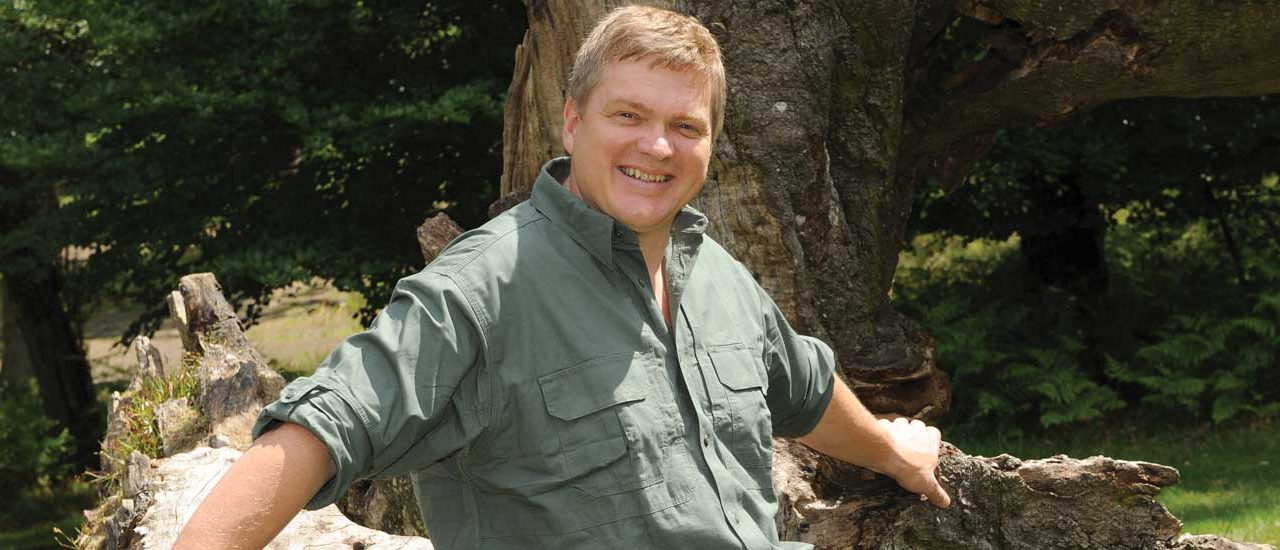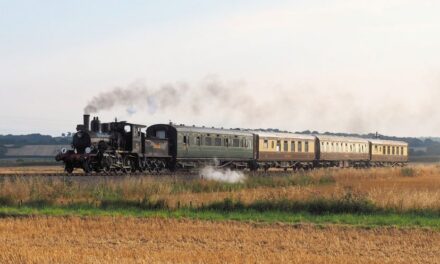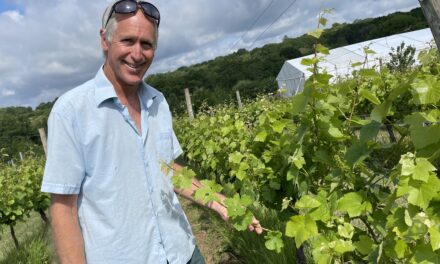Ray Mears is a hard man to define.
He can shape a canoe or a spoon, make fire without matches, track a man or a wolf, make a shelter of snow or sticks, and knows which plant is good to eat and which to avoid. Born in 1964, Ray’s earliest influence was Kingsley Hopkins, his judo teacher.
Through Kingsley he learnt about the meeting of mind and body and being in control of them. From him he learnt about the possibilities of survival in the outdoors. And from that came the ability to tune into nature and to listen to his instincts, which has been essential in his work throughout his life.
He later went on expeditions with Operation Raleigh and has since travelled the world studying and teaching the art of survival. Appearing extensively in TV programmes such as Bushcraft Survival, last year marked the thirtieth year since The Woodlore School of Bushcraft launched. Based in East Sussex, the business runs courses around the world from family bushcraft to tracking in Namibia.
Ray explains that Sussex is a great part of the country to base the school, as the landscape is so wooded and diverse. “People in other parts of the country who visit are often amazed by the high trees and all the great forests we have in Sussex,” he says.
Life in Hastings
For the past 20 years Ray has lived near Hastings, with his wife and children. And last year was an important one as not only did he turn 50, but it was also his fifth wedding anniversary.
“Traditionally, gifts for this celebration are of wood, so I carved a special gift for my wife. It was a joy to make, a labour of true love. Sitting, carving with axe and crooked knife, in the October sunshine that we have been blessed with, gave me time to reflect on how much she has enriched my life. We all need a soul mate for our journey through life’s wilderness,” he said.
As a child Ray lived in Surrey, close to the border of Sussex and spent much of his childhood visiting the county.
“I would often pop across the border into Sussex, as it’s such a beautiful county. Often people don’t realise everything we have here. For example we have nightingales in Sussex, but there are parts of the country that don’t have them at all. There are so many secretive places, great forests and incredible habitats. The magic of Sussex is that no two places are the same, and there are plenty of nooks and crannies.”
And could we live completely from the land in Sussex?
“We could live very well in Sussex, there’s lots of good cover, dry fire wood and plenty to eat. In winter there are a number of edible fungi, such as the wood blewit, which is out in December. If you look under the oak trees that are still in leaf, you’re likely to find them there. Our ancestors in Sussex would have had that connection to the land, and known what can be eaten at different times of the year. For example in the summer months, there’s an abundance of redcurrants to eat.
“Spring is an exciting time of year for the forager and it would have been an important time nutritionally for our ancestral hunter gatherers. Perhaps most exciting of all are the range of wild herbs to be found in Sussex. There are many young plants or flowers that can be added to a salad for example Wood Bittercress, Golden Saxifrage or Ladies Smock and as the spring develops we can find some of the early summer delights, such as the pignut with its delicious radish like root.
“We have a wonderful coastline, as well as the downs and chalk hills, which make the county very diverse. But we have to work hard to protect it, as it’s amazing how quickly it can all go.”




